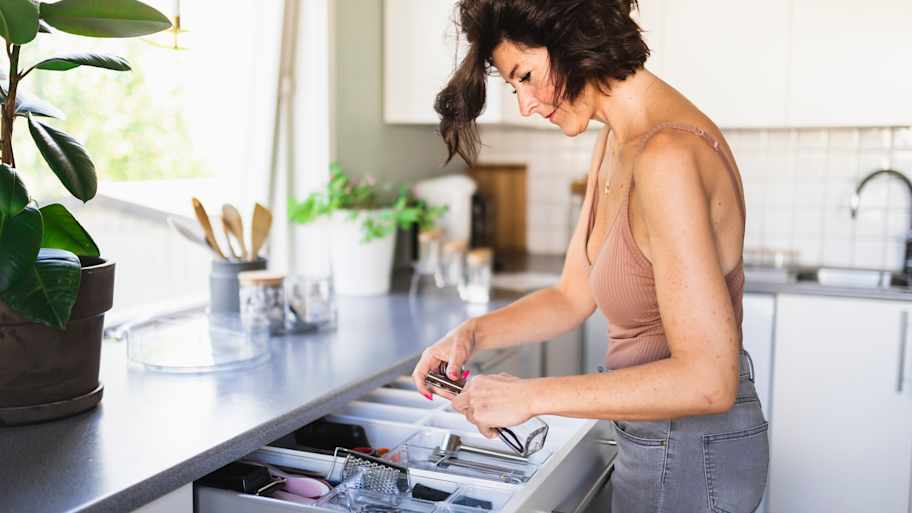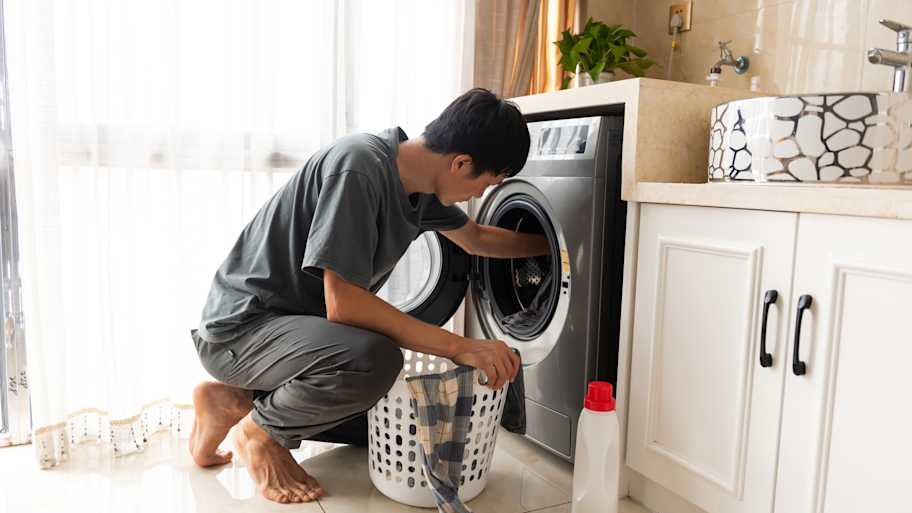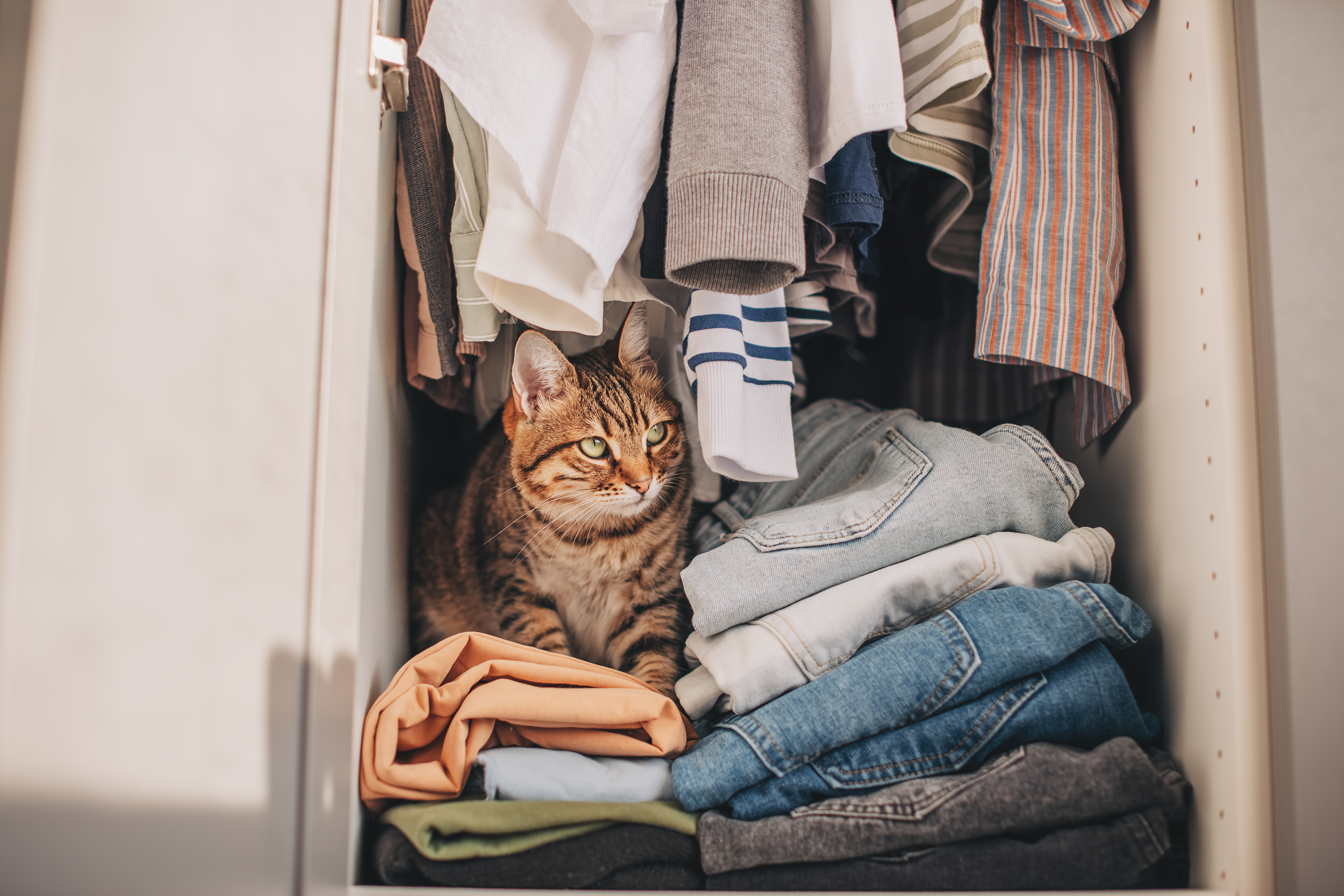
Discover the average professional organizer cost, what influences pricing, and how to budget for your next home organization project.
If there’s one certainty in life, it’s uncertainty, but knowing what to include in your home emergency supply kit can bring peace of mind


No one wants to think of a disaster striking at home. But emergencies can and do happen, even in your safest of spaces. That’s why it’s always smart to be prepared. Use our home emergency checklist to stock up on essentials, from a fire extinguisher to non-perishable food.
Putting together a home emergency kit ensures you’re prepared for anything and everything—and the peace of mind that comes with that is priceless. Store your kit somewhere where it can remain handy, as well as safe and dry. A closet near an exit in your home or on a shelf in your garage are both great options.
Here are essentials items for your home emergency checklist:
1. Enough non-perishable food for at least three days for every family member (and don’t forget the pets!)
2. Camp stove and essential pots, pans, cups, and utensils for heating food
3. Enough water for every family member for a minimum of three days. The CDC recommends at least one gallon of water per person per day.
4. At least one week’s supply of medication for each family member (in the event of extended pharmacy closures)
5. Battery-powered or hand-cranked radio
6. Flashlights
7. Fresh batteries in all sizes, including extra batteries for flashlights and radio
8. Fully-charged cell phone
9. Non-sparking wrench or pliers to turn off utilities (this is also a good time to ensure you know where your main water shut off valve is)
10. Fire extinguisher and fire ladders for the upper stories of your home
11. Dust masks for each family member
12. Blankets, sleeping bags, and other bedding for each family member, including pets
13. Battery-powered personal fans or coolers
14. Clothing and shoes for each family member
15. Disinfecting wipes for cleaning surfaces and moist toilettes for bathing
16. Toilet paper, paper towels, hand sanitizers, and disinfecting sprays
17. Games, books, puzzles, and toys
18. Cash (in case ATMs are out of service)
19. Important documents, including birth certificates, medical records, wills, deeds, insurance policies, and other records


The next step on your home emergency checklist is to plan for the unpredictable. While that may seem impossible, there are some easy steps you can take to prepare yourself and your family in the event of a natural disaster or another emergency.
1. Keep supplies in one dedicated space where every family member can quickly find them
2. Ensure your emergency supply storage space is cool and dry to prevent damage
3. Check supplies at least once a month to ensure everything is present and undamaged, nothing has expired (especially medications), and your radio, flashlights, and fire extinguishers are in working order
4. Make a plan for responding to emergencies, including ensuring that every family member knows what to do, who to call, and where to go in an emergency
5. Review your family emergency plan at least once a month
6. Create emergency escape routes from various spots, like home, work, school, and more

We know that a fully-stocked emergency supply kit can take up a lot of time to prepare and a lot of space to store, but if your family has special needs, you may need to take things a step further.
Here are two special considerations for your emergency plan:
1. Consider if you or someone in your family has a chronic illness or disability
2. Consider if you have an elderly or otherwise medically fragile family member
If the answer to any of these questions is “yes,” then your vulnerable loved ones may not be able to tolerate days without electricity, even with your emergency supply kit well in hand.In that case, you might consider investing in a home generator. But here’s what you need to know:
Generators can be a far safer alternative to evacuating or trying to ride out the days without electricity for medically fragile people and those who depend on in-home medical equipment
For safety’s sake, always have your generator installed by a licensed electrician
A carbon monoxide detector should be installed in every room of your home to reduce the risk of carbon monoxide poisoning from misused or malfunctioning generators
Even after the crisis has passed, life probably won’t go back to normal immediately. Here are five things to take into account after the emergency:
1. Depending on the kind of emergency you’ve endured, you’ll likely have some significant repairs and cleanup to deal with
2. Look into hiring professionals to help with yard cleanup, home damage, electrical issues, and more
3. You and your loved ones will also have to deal with the emotional aftermath of the trauma—seek professional help if needed
4. Talk with your insurance company to find out if any damage to your home or yard will be covered
5. Restock your home emergency kit, including any items you wish you’d had but hadn’t prepared in advance
Hopefully, you’ll never need an emergency kit, but this checklist will help you prepare just in case.
From average costs to expert advice, get all the answers you need to get your job done.

Discover the average professional organizer cost, what influences pricing, and how to budget for your next home organization project.

Declutter and maximize your space with these eight smart storage tips for messy closets, cupboards, and drawers around your home.

When was the last time you cleaned out your spice rack or linen closet? Our list of 12 things to get rid of in just one hour helps you toss what is old, expired, or no longer needed. Decluttering is faster and easier than you might think.

If your home is a bit messy, that’s perfectly normal. Trusting a professional home organizer to revamp your space can be worth the cost. Here’s how to find and hire a professional organizer.

Maximize space and reduce clutter with these smart laundry room organization tips that boost function and even your home’s resale appeal.

Discover small closet organization tips to maximize space, reduce clutter, and create a stylish, functional storage area that suits your needs.